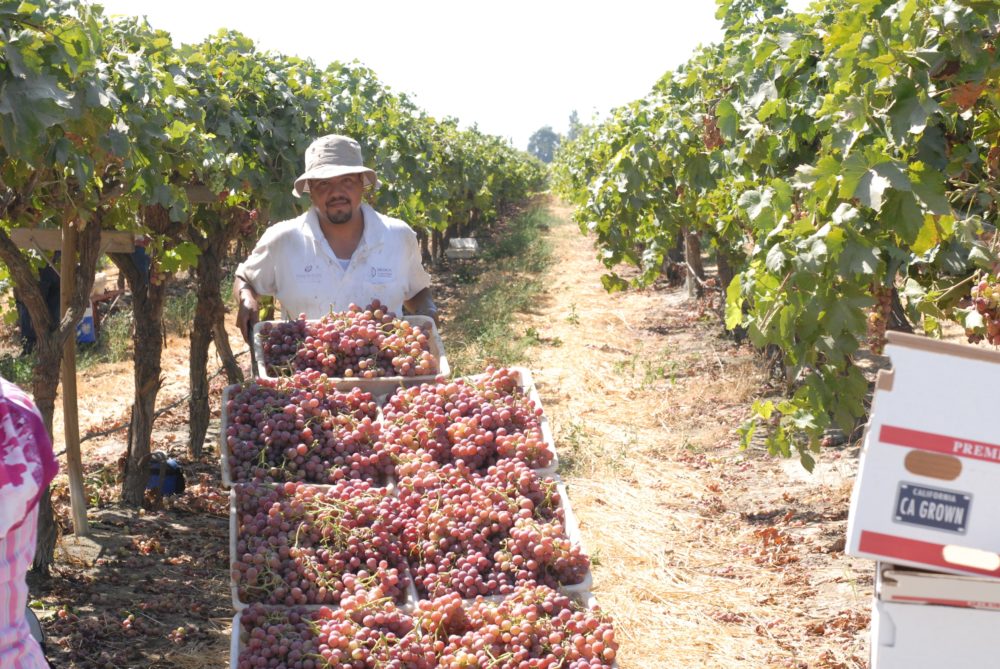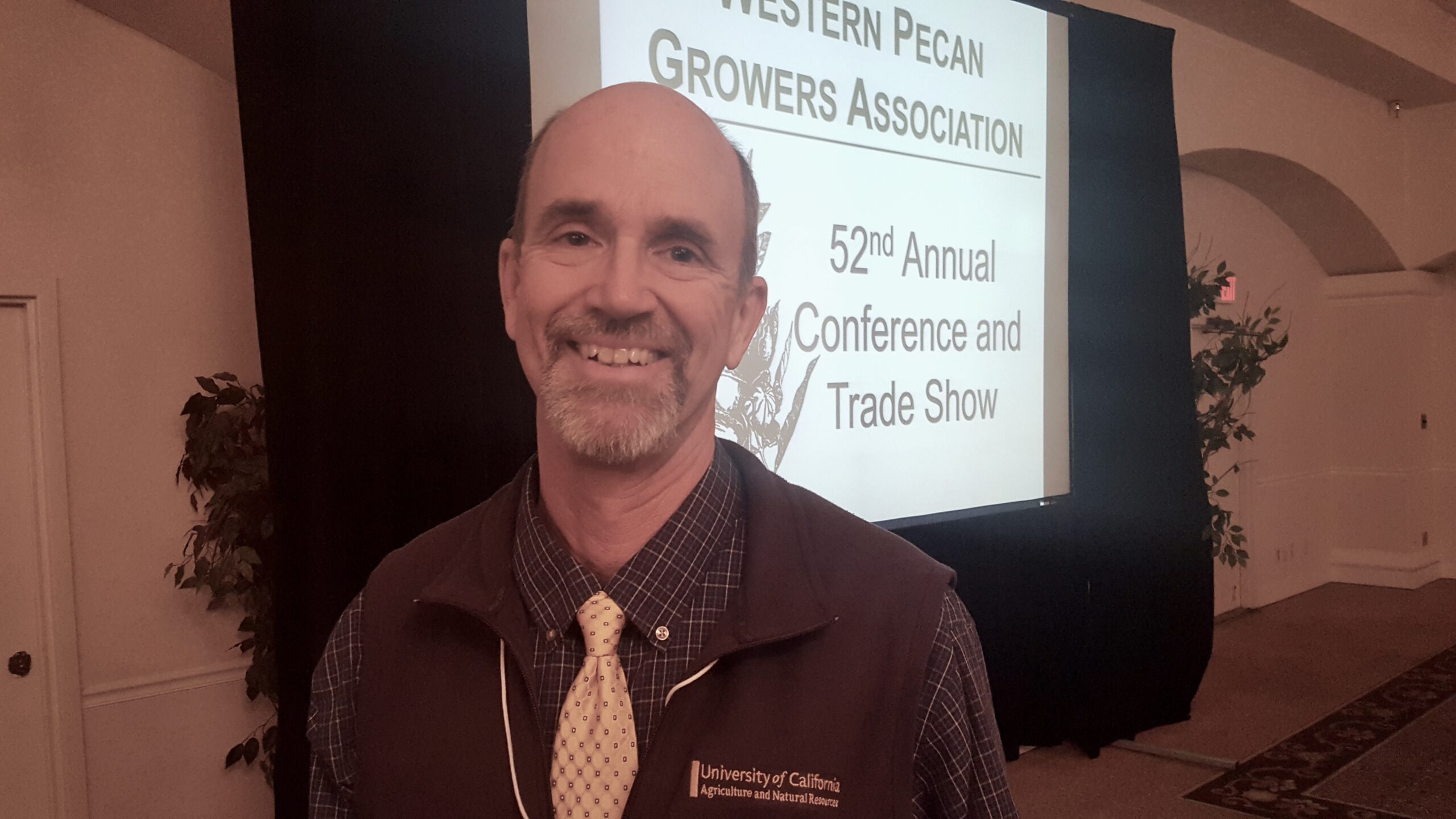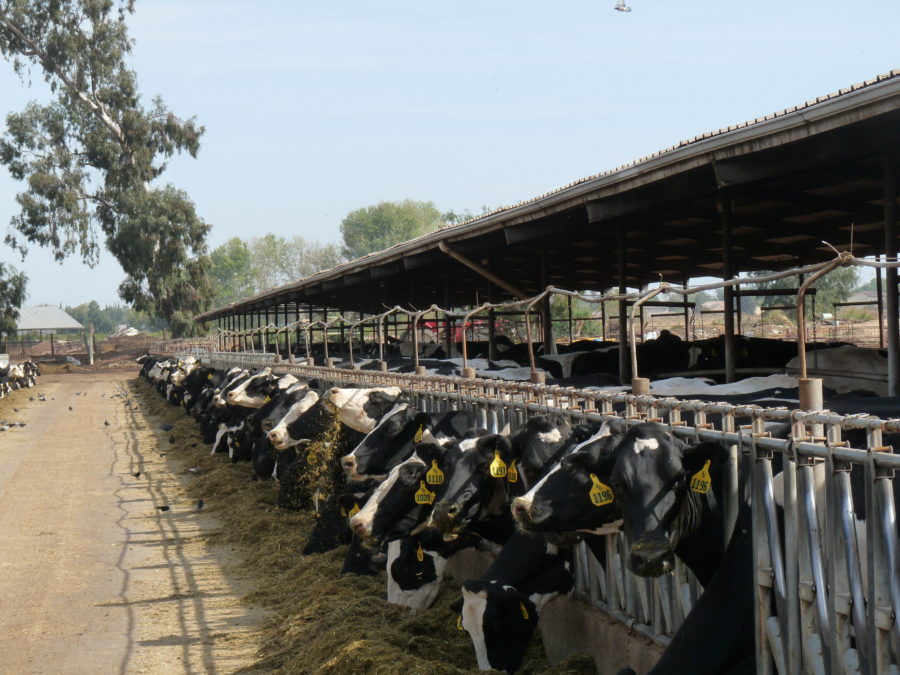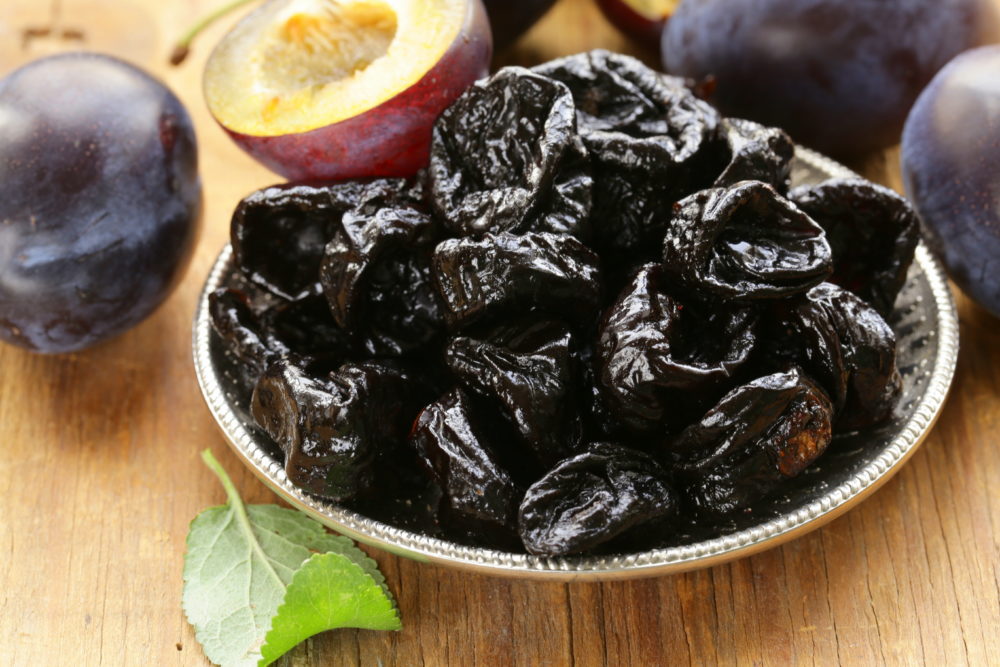Calif. Table Grape Season in Full Swing
Revised Crop Estimate Slightly Lower Than Original
With the California table grape season in full swing and expectations for a positive season as the backdrop, the California Table Grape Commission revised its estimate for the 2020 table grape crop to 104.9 million 19-pound boxes, down from its April estimate of 106.5 million. The final harvest in 2019 was 104.99 million 19-pound boxes.
“Estimating the crop is a detailed process that is formally undertaken three times a year and involves volume projections based on growing districts,” said Kathleen Nave, president of the California Table Grape Commission. “The significant amount of vineyard removal in 2019 appears to have been offset by new vineyards coming into production in 2020,” Nave said.
Noting that demand has been strong and steady, Nave said the expectation is that the season as a whole will be a positive one. “Quality is excellent and demand is strong in the U.S. and in export markets, and grapes are a perfect fit for consumers in these complicated times: simple, flavorful, versatile, and full of health-enhancing phytonutrients that boost immune health.”
Science reveals what we’ve perceived intuitively for centuries: Grapes are very good for us. Research shows that grapes of all colors—red, green and black—are a natural source of beneficial components called polyphenols. Polyphenols help promote antioxidant activity and influence cell communications that affect important biological processes.
With 65 percent of the California table grape crop typically shipped between September 1 and the end of January, Nave said that while grapes are a summer fruit, they are very definitely a fall and early winter fruit. With over 80 table varieties grown in California, consumers have lots of different grapes to try. For ideas that go beyond snacking, Nave suggests checking out the extensive collection of traditional and on-trend usage ideas at www.grapesfromcalifornia.com.



















